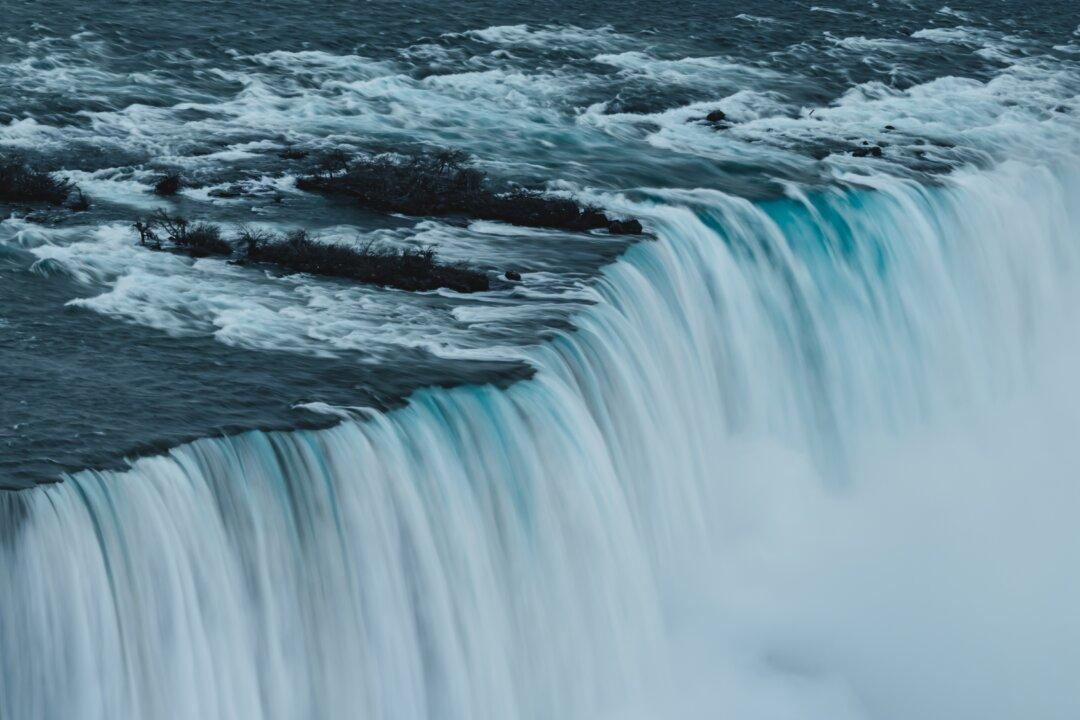An asteroid will be at its closest to Earth on March 21 and is expected to be the largest asteroid that will pass by us in 2021.
According to NASA, this asteroid, dubbed 2001 FO32, will make its closest approach at a distance of about 1.25 million miles (2 million kilometers). At such a great distance, it will have no impact on Earth.




